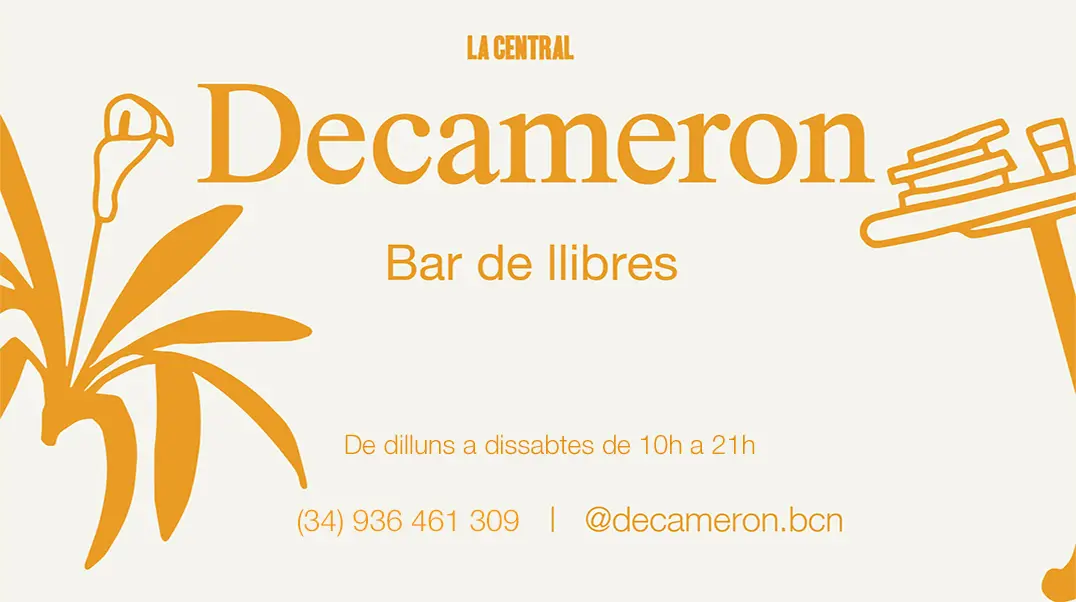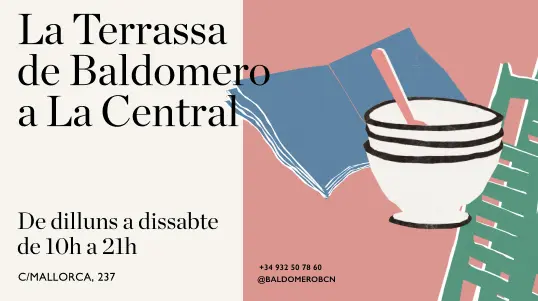Kicking The Kremlin

Kicking The Kremlin
Sobre el libro Kicking The Kremlin de Marc Bennetts publicado por Alma Books LTD al 2014:
Engagingly grim, frequently absurdist portrait of Vladimir Putin and the popular protests against him, which are gaining steam.Moscow-based British journalist Bennetts (Football Dynamo: Modern Russia and the People´s Game, 2009, etc.) maintains a cool, even tone throughout these portraits of the Putin oligarchs, who are determined to keep power, and the leaders of the dissident movements aiming to oust them. Putin, the former security services chief anointed by outgoing Boris Yeltsin to succeed him as president in 2000, was received as a breath of fresh air by his Russian constituents when the country was reeling from the “shock therapy” of capitalism suddenly imposed after the collapse of the Soviet Union. Poverty and lawlessness plagued the nation, and Putin set about restoring order with strong-arm tactics like quelling the independent media, sabotaging the courts, siphoning oil dollars, appointing regional governors rather than holding elections and stifling breakaway republics. Gradually, Russians began to grow weary of his “sausages in exchange for freedom” approach to ruling the country. Heartened by the so-called Colour Revolutions that had prevailed in ex-Soviet republics from 2003 to 2005, the “Orange threat” challenged the pro-Putin right-wing youth movement, while Other Russia leader Eduard Limonov galvanized punks and skinheads into the street-wise NatsBol. However, with the election of heir apparent Dmitry Medvedev in 2008, the “scent of change” encouraged wider protest against authority—e.g., a local mother-turned-activist who saved the Khimki forest from highway construction and lawyer Alexei Navalny’s grass-roots anti-corruption campaign. The clincher was Putin’s naked comeback to the presidency, a wicked “trick” engineered with Medvedev and played on the Russian people, whose mood had darkened with the rigged 2012 presidential elections, making way for huge street demonstrations in a rare show of unity, from the New Left to more vociferous groups like Pussy Riot.
Bennetts insightfully portrays a Russia on the cusp of popular revolt.
El llibre Kicking The Kremlin de Marc Bennetts pertany a la matèria
Veure altres ressenyes de Història
Ressenya
Richard Cockett
Viena
La escritura de Cockett opera con un ingenio y un humor finísimo a la hora de realizar este ajuste de cuentas, sin negar todas las luces y sombras que pudieron dar lugar a este proceso de moderniza...

Ressenya
Bernd Brunner
Vivir en horizontal
La Historia cuenta con un estigma que, durante muchos años, se ha encargado de alimentar: es aburrida. La sucesión de nombres, fechas y eventos ha sido el método de estudio más habitual hasta hace ...

Ressenya
Xavier Pla
Un cor furtiu. Vida de Josep Pla
Xavier Pla, amb aquesta gran biografia, ens invita a deixar enrere el personatge i endinsar-nos en la personalitat de Josep Pla. Amb un munt d’anys investigant fonts i documents personals en els ar...

Ressenya
David Graeber
Ilustración pirata
David Graeber al inicio de este ensayo, en el que busca mostrar como la Ilustración no fue un movimiento intelectual que apareció de la nada en el centro de Europa, ocupando salones y orquestando t...






